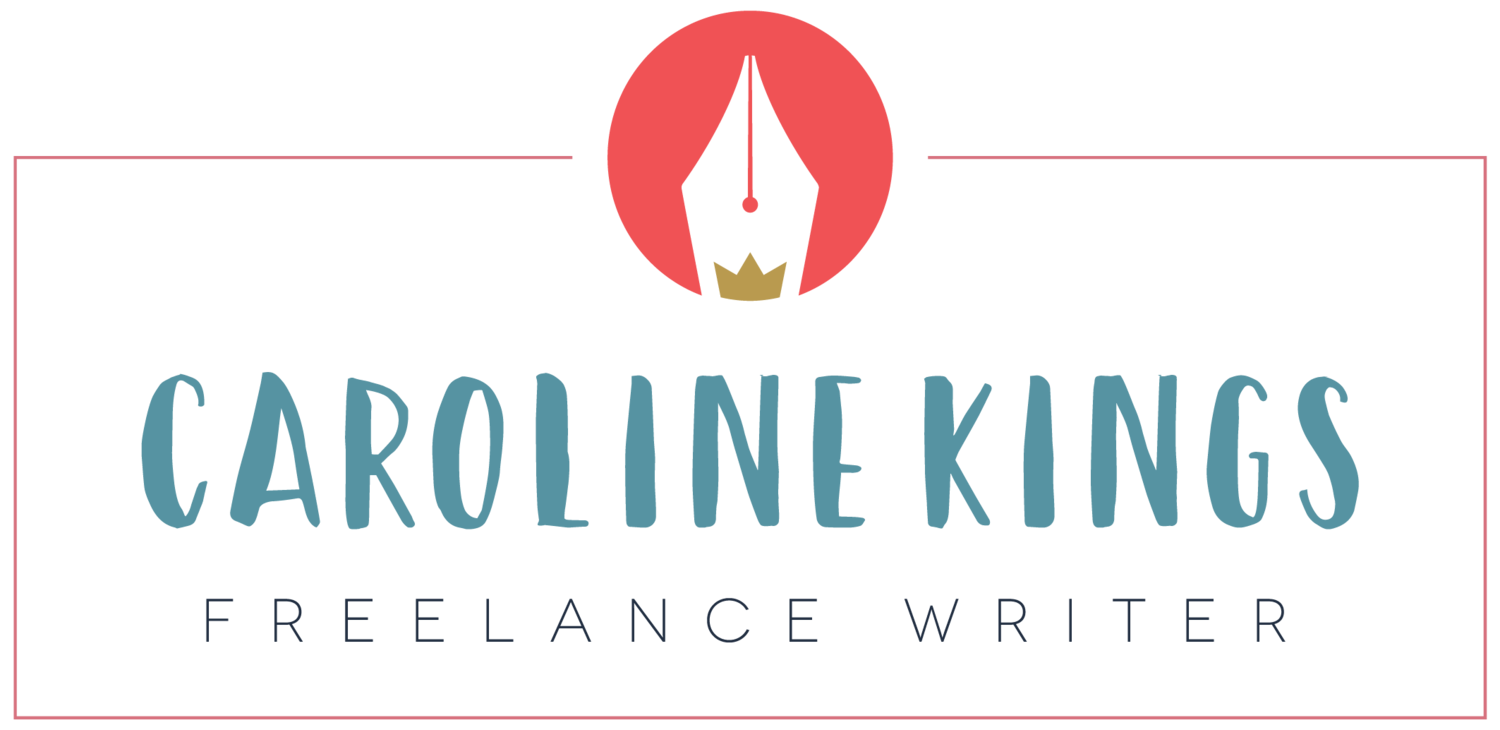How to interview
As a freelance writer, I interview for articles regularly. In my old life as a manager in investment banking, I also interviewed for recruitment purposes and although the outcomes may be different, the techniques are very similar. I’m always learning when it comes to interviewing people but here is a list of tips that I’ve picked up along the way so far.
Why should I be considering interviewing someone?
You need to interview someone when you’re hiring for a position, or they might be the subject of a magazine piece you’re crafting, podcast you’re hosting or similarly, you may be writing a really interesting blog piece. Articles on your website should always have keyword/s front and centre but that doesn’t mean that those keywords can’t be used in an interview style. People enjoy interviews as they’re often more conversational and therefore easier to read. And, for regular readers, you know that I advocate for a ‘textured’ library of articles - different formats. Well-written articles are better for SEO - Google actively looks for quality content.
What to call an interview
The word ‘interview’ sounds very formal and for a job candidate, that tone may be appropriate. But however you look at it, an interview is fundamentally a chat or a conversation. Those ‘warmer’ terms may be more appealing to some people (interview subjects) but, of course, you should always let them know that the finished piece will be published and where they’ll be able to read it.
Mina Rad via Unsplash
How to ask someone for an interview
Let’s assume you’re asking someone for an interview for a written piece rather than for a job role from here. Some people are happy to talk about themselves whereas some may be more reluctant so it’s good to have the objective of the interview clear in your mind so that you can explain the parameters of the conversation, what you’ll talk about. Then they can tell you which topics, if any, are off the table.
How to conduct the interview
Capturing the interview
Technology means that the interview can be conducted in a variety of ways. It could be face to face, or you could interview over email, phone or video conferencing like Zoom. I prefer in person, phone or video as people are more liberated when speaking compared to the written word. When it’s a conversation, you can be nimble and explore other avenues.
Another option is to send the questions over email and then ask the interviewee to send the answers via voice note. There are many advantages to this: the interviewee can read the questions and has time to think about how they’d like to respond; and the interviewer has the benefit of hearing a voiced response with all its richness and variety, and ramblings.
You should record the conversation somehow if it’s verbal. Note taking is fine (and you should take notes of additional questions) but it can be difficult to keep up (unless you know short hand or have developed one of your own) and not disrupt the interviewee’s conversational flow. If you record it, make sure you ask permission first and it can be very helpful to transcribe it. I use Otter.ai to transcribe but there are other options.
Tim Mossholder via Unsplash
Interview questions and answers
Be prepared with your questions. It’s fine to stray away from the questions but they provide a framework which helps to keep the chat on track and especially, if you’re feeling nervous.
If it’s in person, on the phone or over video, listening is critical. It sounds obvious but this is perhaps the hardest but yet most important part of the chat. It’s hard because interviewers have a tendency to start thinking about their next question, but you could be missing a real gem of information if you’re not paying attention! Try not to interrupt for the same reason - you’re there because you want to hear what they have to say. If you cut them off, the interviewee will lose interest and you’re unlikely to yield the interesting answers. Be curious and attentive.
Ask open-ended questions. These are questions which can’t be answered with a simple ‘yes’ or ‘no’ and need a more detailed answer. They tend to begin with the questioning words, ‘how’, ‘why’, ‘where’ and ‘when.’ ‘Which’ gives the interviewee two options to choose from and so, the answer is likely to be brief but, it could be that you’re after a definitive answer, in which case it works.
Try not to talk about yourself too much. I think this is one of my interviewing ‘areas of improvement’! It’s easily done as you might be trying to build a bond or find common ground and that’s OK but don’t go on and on (like me!)!
An important point is to ask for clarity there and then. If there’s something you don’t understand or would like to go over, including tricky spellings, it’s easier to do it verbally and while you’re both still ‘in the zone.’ I’ve learnt this the hard way and now make sure that I ‘dot the ‘I’s and cross the ‘T’s’ in person and whilst at the interview. Transcribing apps sometimes struggle with unusual words so it’s good to go over them for the purposes of the recording too.
Amy Hirschi via Unsplash
Wrapping up the interview
Make sure you agree on the time allowed for the interview and do your utmost to stick to that. Some people are happy to go over the allotted time but don’t assume that they will. Respect their time and you’ll garner respect yourself.
At the end of the interview, explain next steps and check that they’re happy for additional questions if necessary. Sometimes when you’re writing up the interview, more queries come to mind - that’s inevitable.
Interviews make great content so do consider interviewing peers and clients for your online articles.



